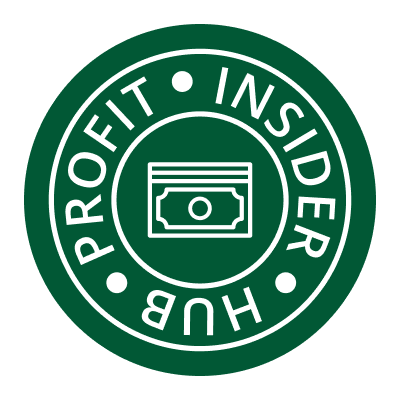(NEXSTAR) — It’s been more than a month since Amazon reached a $2.5 billion settlement after the Federal Trade Commission accused the online retailer of using “deceptive methods” to register millions of customers for paid Prime subscriptions.
So, when will you receive your part of the settlement?
Ultimately, that depends on whether you qualify. The federal agency has, however, indicated when payments may be dispersed.
These workers won’t get paid Friday if the government shutdown continues
Here’s what to know:
What is the Amazon Prime settlement about?
The accusation by the FTC is two-fold: first, Amazon signed up “millions of consumers” for Prime subscriptions without their permission, then “knowingly made it difficult for consumers to cancel.”
Per the FTC’s September announcement, Amazon will not only have to fork over $2.5 billion (more on that in a moment), the company must “cease unlawful enrollment and cancellation practices for Prime.”
That includes making “a clear and conspicuous button for customers to decline Prime” and doing away with the button, “No, I don’t want Free Shipping.” Amazon also needs to outline the cost of Prime during the subscription process, as well as the date and frequency of when the customer will be charged, whether it will auto-renew, and how to cancel.
Advocates cheer as Trump admin agrees to student loan forgiveness deal
Several Amazon executives were also charged with knowingly misleading the impacted customers and violating the FTC Act and the Restore Online Shoppers’ Confidence Act.
In a statement released last month, the company said, “Amazon and our executives have always followed the law and this settlement allows us to move forward and focus on innovating for customers. We work incredibly hard to make it clear and simple for customers to both sign up or cancel their Prime membership, and to offer substantial value for our many millions of loyal Prime members around the world. We will continue to do so, and look forward to what we’ll deliver for Prime members in the coming years.”
How much of the $2.5B settlement will I get?
This depends on if you qualify, but first, it’s worth noting that not all $2.5 billion of the settlement is going back to impacted customers.
The FTC says $1 billion will go toward a civil penalty, leaving $1.5 billion for refunding consumers. There are three requirements you have to meet to qualify for any chunk of that money.
First, of course, you must be a Prime member in the U.S. Second, you need to have either signed up for Prime with Amazon’s “challenged enrollment flow” (including signing up through the universal Prime decision page, shipping selection page, single page checkout, or the Prime Video enrollment flow) or tried but failed to cancel your subscription — either needs to have happened between June 23, 2019, and June 23, 2025. And finally, you had to have used less than three Prime Benefits — like Prime Music or Prime Video — during any one-year period after becoming a Prime member.
If you meet all three criteria, you may receive a refund of your subscription fees, though the FTC says this will be capped at $51.
Walmart’s ‘Thanksgiving Meal’ will feed 10 people for under $40: Company
Do I need to apply to get my refund?
For now, no.
According to the FTC, refunds will be automatically sent out by Amazon no later than Christmas Day this year.
Next year, a claims process will be started for eligible Prime customers, the FTC says. Additional details about this process have not yet been released.
Ultimately, if you believe you qualify, you’ll have to wait until Dec. 25 to see if you receive a payment or receive notification from Amazon about the refund. Otherwise, you’ll likely have to wait for that claims process to open.
Amazon, meanwhile, is already facing another lawsuit. Last week, two people sued the retailer for advertising “fake sales” and misleading customers during its Prime Day events.
A spokesperson declined to comment on the lawsuit when contacted by Nexstar.
Nexstar’s Jeremy Tanner contributed to this report.

